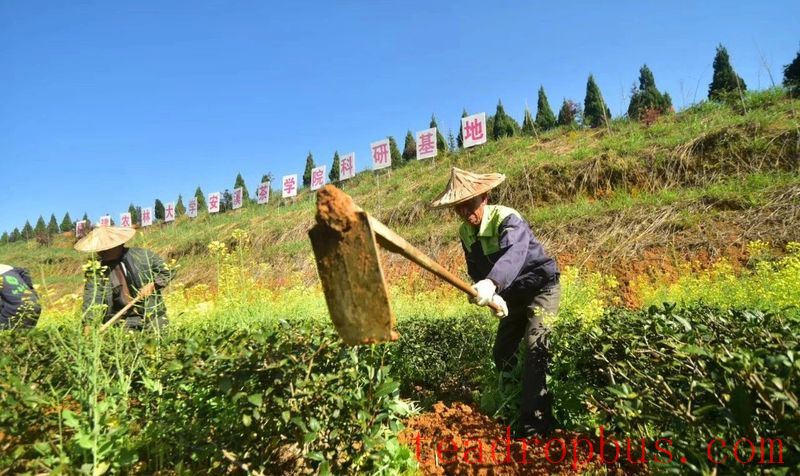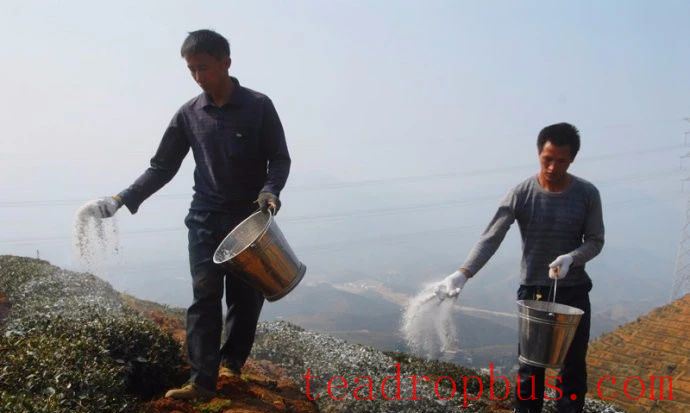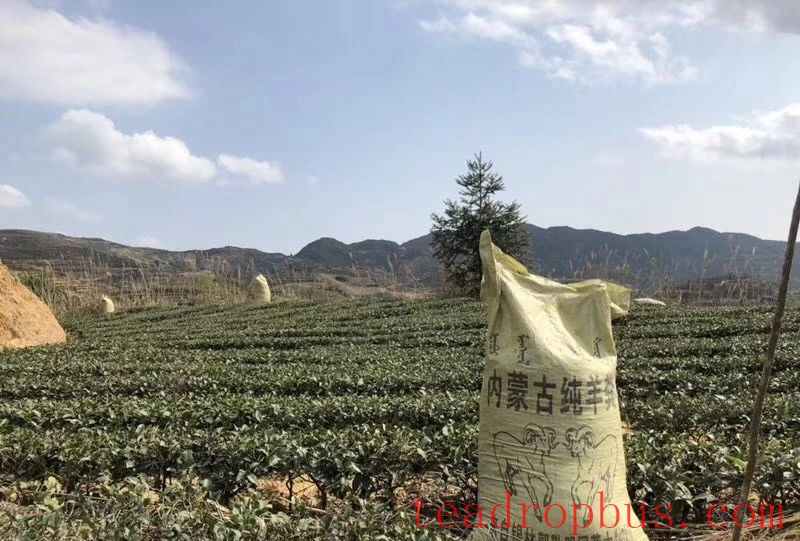The winter season is crucial for determining the quality of Tea in the coming year!
If the tea garden is properly managed during winter,
the quality of the spring and even autumn teas in the following year will be excellent!
As the saying goes: “Winter nourishment, spring tiger hunting on the mountain!”
This principle also applies to winter management of tea gardens!

To have a good tea mountain and beautiful tea garden,
winter management of the tea garden is essential for producing high-quality Tieguanyin. To have a good tea mountain and beautiful tea garden, one must not hesitate to invest in the tea garden. Good tea comes from investment in the tea garden, proper picking, processing, and favorable weather conditions.
Winter Management Methods for Tea Gardens

1. As the saying goes: “Deep digging with a hoe may not reveal gold but will surely unearth Silver.” Deep plowing of the tea garden involves turning over compacted old soil to expose fresh soil. This makes the soil loose and conducive for the growth of new roots. Old branches, leaves, and weeds are turned into the soil, reducing disease and pests. It also improves soil aeration and water retention, helping to conserve nutrients.
2. Timely pruning of twisted branches should be carried out before the onset of severe winter. For older tea plants, heavy or moderate pruning can be performed, while for younger plants, light or very light pruning is recommended. This encourages the growth of tender and thick leaves in the spring.
3. For severely soil-deficient tea gardens where roots are exposed or the soil layer is thin, soil should be added and covered with straw or other materials to enhance the vitality of the tea plants.

4. A complete closure of the garden with applications of lime-sulfur mixture and other pesticides to eliminate diseases and pests or their eggs.
5. For tea gardens with low ridges at the front and high ones at the back, terrace wall construction should be implemented. Strengthening the soil or using stones to build walls at the lower ridges enhances the tea plants' ability to retain heat, nutrients, and water.
6. Utilize the winter to strengthen the tea garden's water management systems. Where feasible, lay water pipelines in the tea garden for irrigation. Otherwise, construct reservoirs to ensure water availability when needed.

7. Transport composted farmyard manure, such as pig and sheep manure, to the tea garden. Apply one to two pounds of manure per plant to enhance soil fertility. Where possible, use commercially produced organic fertilizers directly. Tea plants require substantial nutrients, and direct application of chemical fertilizers like urea affects tea quality. Farmers are advised to use farmyard manure or organic fertilizers to protect the geographical indication of Anxi Tieguanyin.
8. Strengthen road construction within the tea garden. Take advantage of the winter downtime to organize manpower to extend machine-tillable roads directly into the tea garden. This ensures that freshly picked tea leaves can be promptly transported by modern vehicles like motorcycles to the processing room, avoiding overheating or sweating that could affect tea quality.
As the saying goes: “Three parts planting, seven parts management.”
Proper winter management of tea gardens ensures vigorous growth, strong plants, and lush leaves, leading to a bountiful harvest and increased benefits in the following year.